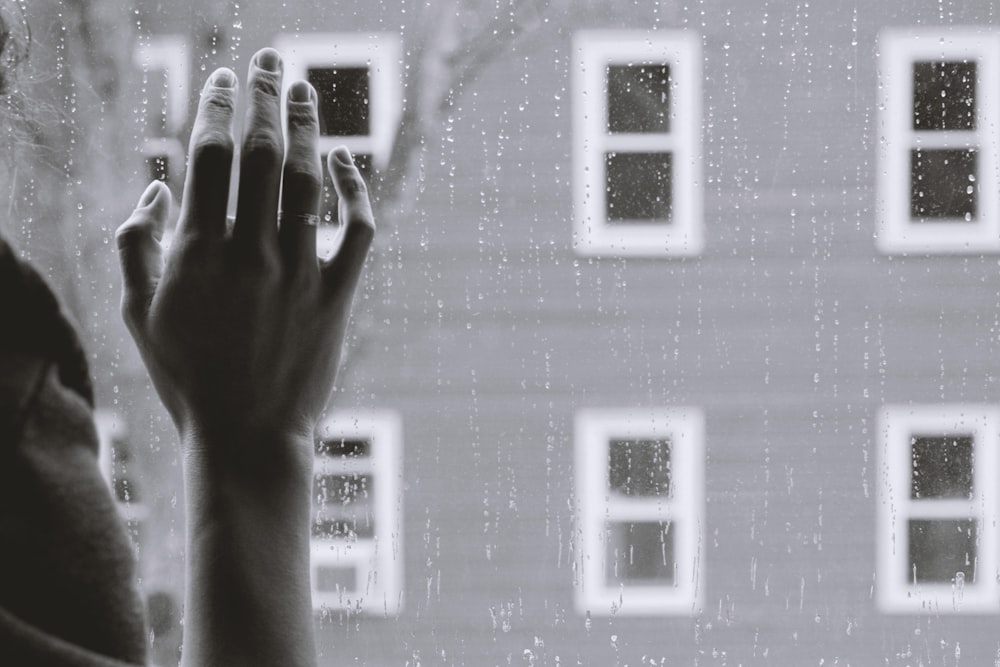Learned Helplessness
Learned Helplessness is a state that occurs after a person has experienced a stressful situation repeatedly. They come to believe that they are unable to control or change the situation, so they do not try - even when opportunities for change become available.
Psychologists first described learned helplessness in 1967 after a series of experiments on animals, and they suggested that their findings could apply to humans.
Learned helplessness leads to increased feelings of stress and depression. For some people, it is linked with post-traumatic stress disorder (PTSD).
What is it?
According to the American Psychological Association, learned helplessness occurs when someone repeatedly faces uncontrollable, stressful situations, then does not exercise control when it becomes available.
They have "learned" that they are helpless in that situation and no longer try to change it, even when change is possible.
Once a person having this experience discovers that they cannot control events around them, they lose motivation. Even if an opportunity arises that allows the person to alter their circumstances, they do not take action.
Background to the theory
In 1967, Prof. Seligman and Prof. Steven F. Maier first described their theory of learned helplessness.
The researchers conducted studies on dogs, in which they exposed the animals to a series of electric shocks.
The dogs that could not control the shocks eventually showed signs of depression and anxiety. Those that could press a lever to stop the shocks did not.
In follow-up research, the dogs that could not control the shocks in the first experiment did not even try to avoid the shocks, despite the fact that they could have done so by jumping over a barrier.
They had learned to become helpless.
Many years later, however, Prof. Maier conducted neuroscientific research that suggested that the dogs did not, in fact, learn helplessness - instead, they had not learned control.
Learned helplessness in Humans
In Humans, learned helplessness presents as a person not using or learning adaptive responses to difficult situations.
Below are some examples of situations that can lead to learned helplessness in Humans:
- Daily punishment of children or students, makes them believe that they are not up to standard and can cause students to believe that they are not good enough and that they cannot do anything to become better. This happens because they already tried their level best they believe. Teachers or Trainers should guide students in knowing how to come across difficulties and not depend on others to drag them out of difficult situations.
- Continuing to smoke despite several attempts to quit may cause a person to believe that they will always be a smoker.
- Being unable to lose weight after making various dietary or lifestyle changes may cause a person to believe that it will never happen and give up trying.
- Leaving a situation of domestic abuse can be very difficult. Women having this experience tend to leave several times before doing so for good. A person may believe that they can never escape the abuser, even when help and support are available.
Learned Helplessness in Children
Often, learned helplessness begins in childhood.
When caregivers do not respond appropriately to a child's need for help, the child may learn that they cannot change their situation. If this occurs regularly, the state of learned helplessness may persist into adulthood.
Children with a history of prolonged abuse and neglect, for example, can develop learned helplessness and feelings of powerlessness.
Some characteristics of learned helplessness in children include:
- Low self-esteem
- Low motivation
- Low expectations of success
- Less persistence
- Not asking for help
- Ascribing a lack of success to a lack of ability
- Ascribing success to factors beyond their control, such as luck
In childhood, learned helplessness often presents at school. If a child studies hard in order to do well in their schoolwork but ultimately does poorly, they may feel helpless and hopeless.
Why does learned helplessness affect some people and not others?
A person's experiences can increase the risk of developing learned helplessness.
It typically begins after experiencing repeated traumatic events, such as childhood abuse or domestic violence.
However, not everyone who goes through these things will develop learned helplessness.
Explanatory styles also play a role in its development. An explanatory style is a person's way of explaining an event to themselves.
People with a pessimistic explanatory style - causing them to view negative events as being unavoidable and resulting from their own shortcomings - are more likely to experiencing learned helplessness. People with an optimistic explanatory style are less likely to do so.
How to overcome learned helplessness?
People with learned helplessness can overcome it.
The most common treatment is therapy, especially cognitive-behavioral therapy (CBT). In therapy, people can:
- receive support and encouragement
- explore the origins of learned helplessness
- identify negative thoughts that contribute to learned helplessness
- identify behaviors that reinforce learned helplessness
- replace thoughts and behaviors with more positive and beneficial ones
- improve self-esteem
- work through challenging emotions
- address instances of abuse, neglect, and trauma
- set goals and tasks for themselves
Some research suggests that exercise can prevent learned helplessness in animals.
Eating a healthful diet, meditating, and practicing mindfulness are other lifestyle changes that can boost a person's mental health and outlook.
by Sanjeev Munshi
Mon, 24 Apr 23 13:12:44
Topics
Jammu & Kashmir - History, Culture & Traditions | J&K Current Trends | Social Network | Health | Lifestyle | Human Resources | Analytics | Cosmetics | Cosmetology | Forms | Jobs
Related blogs
Factors Triggering Acne
An overview for the treatment of acne.How to Stay Motivated?
Personal motivation is key to maintaining almost...Healthy Eating During Times of Stress
Healthy eating is a key contributor to overall...How to be motivated?
Motivation
Quote of the Day
"Time Flies Over, but Leaves its Shadows Behind"





